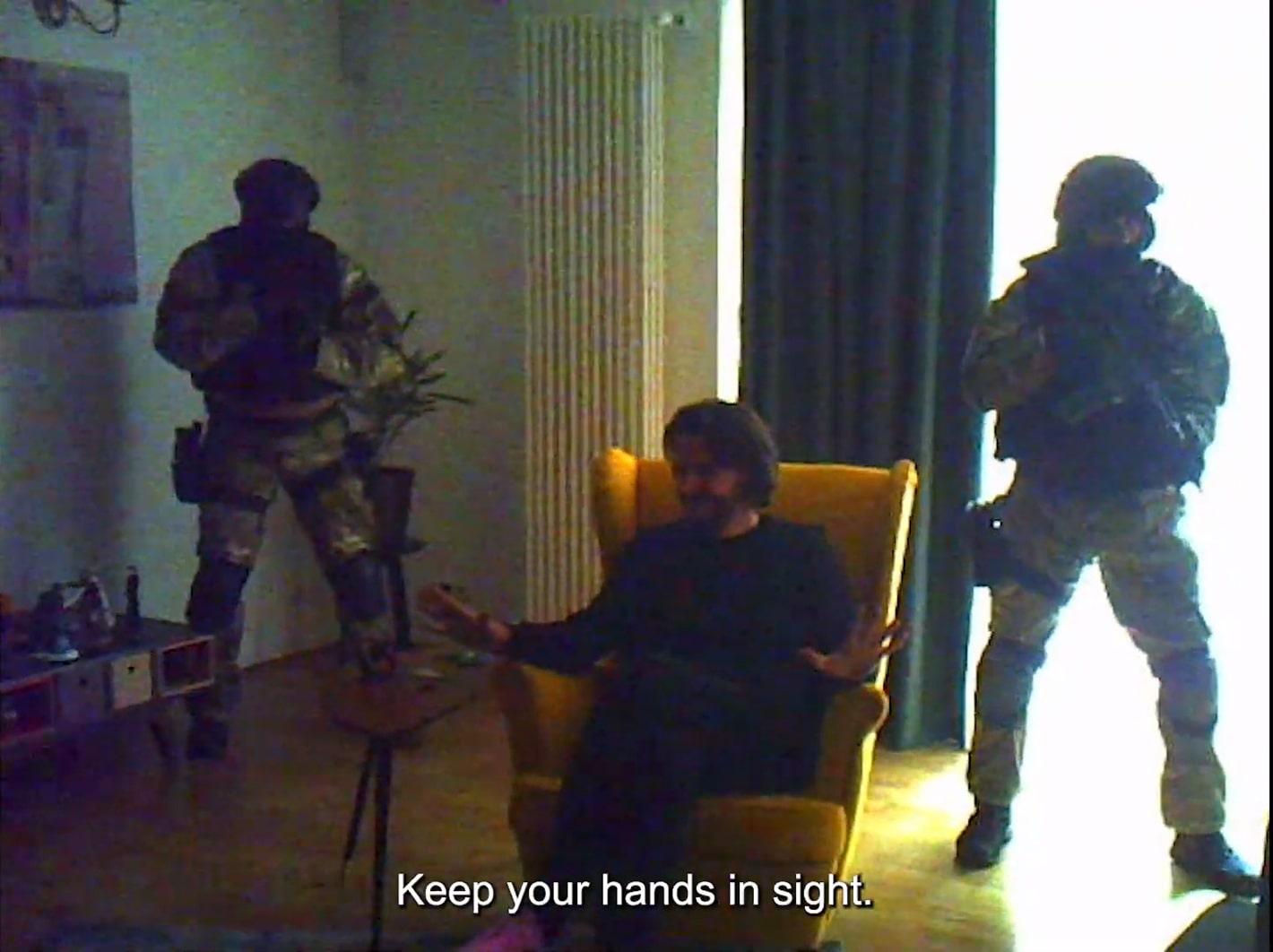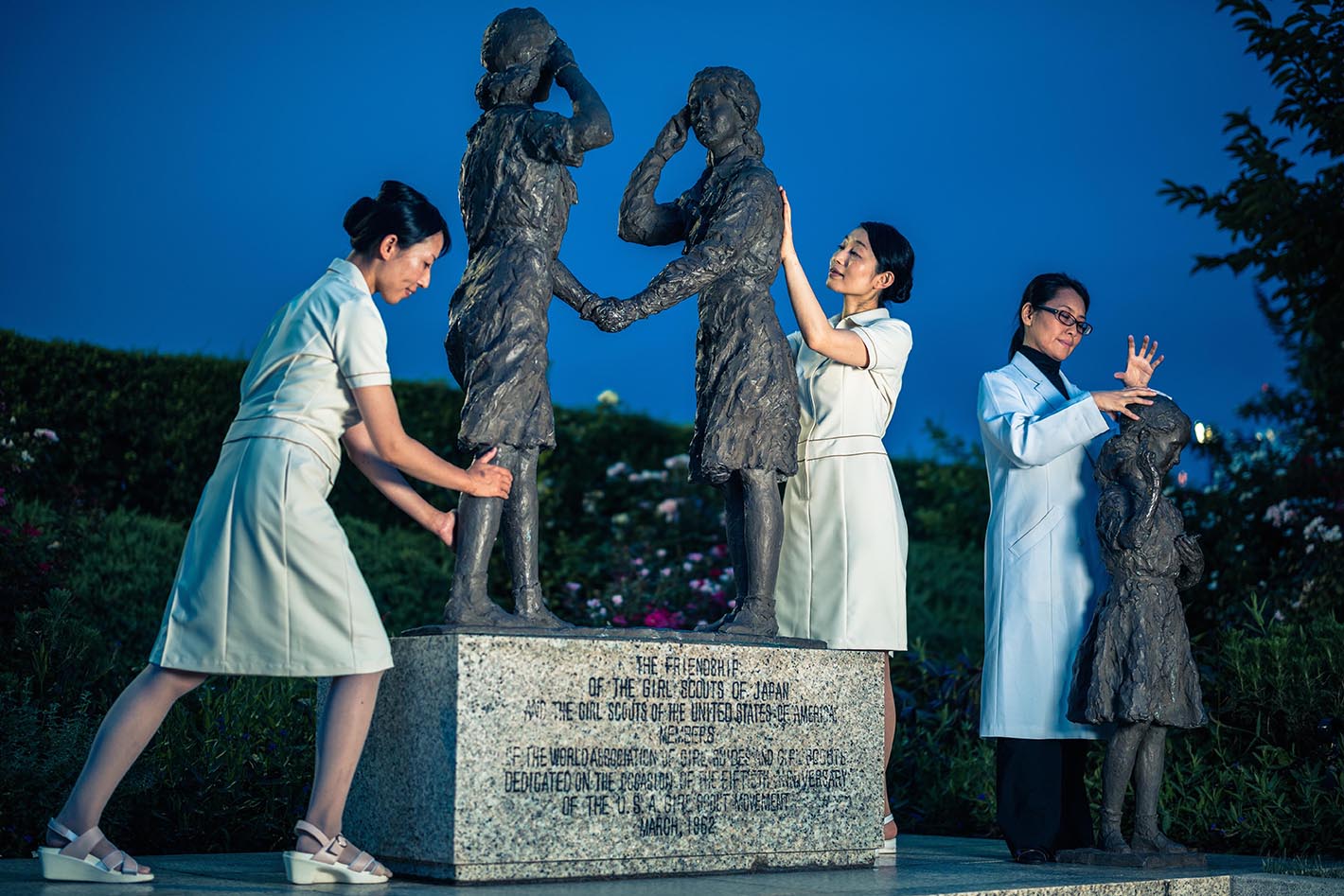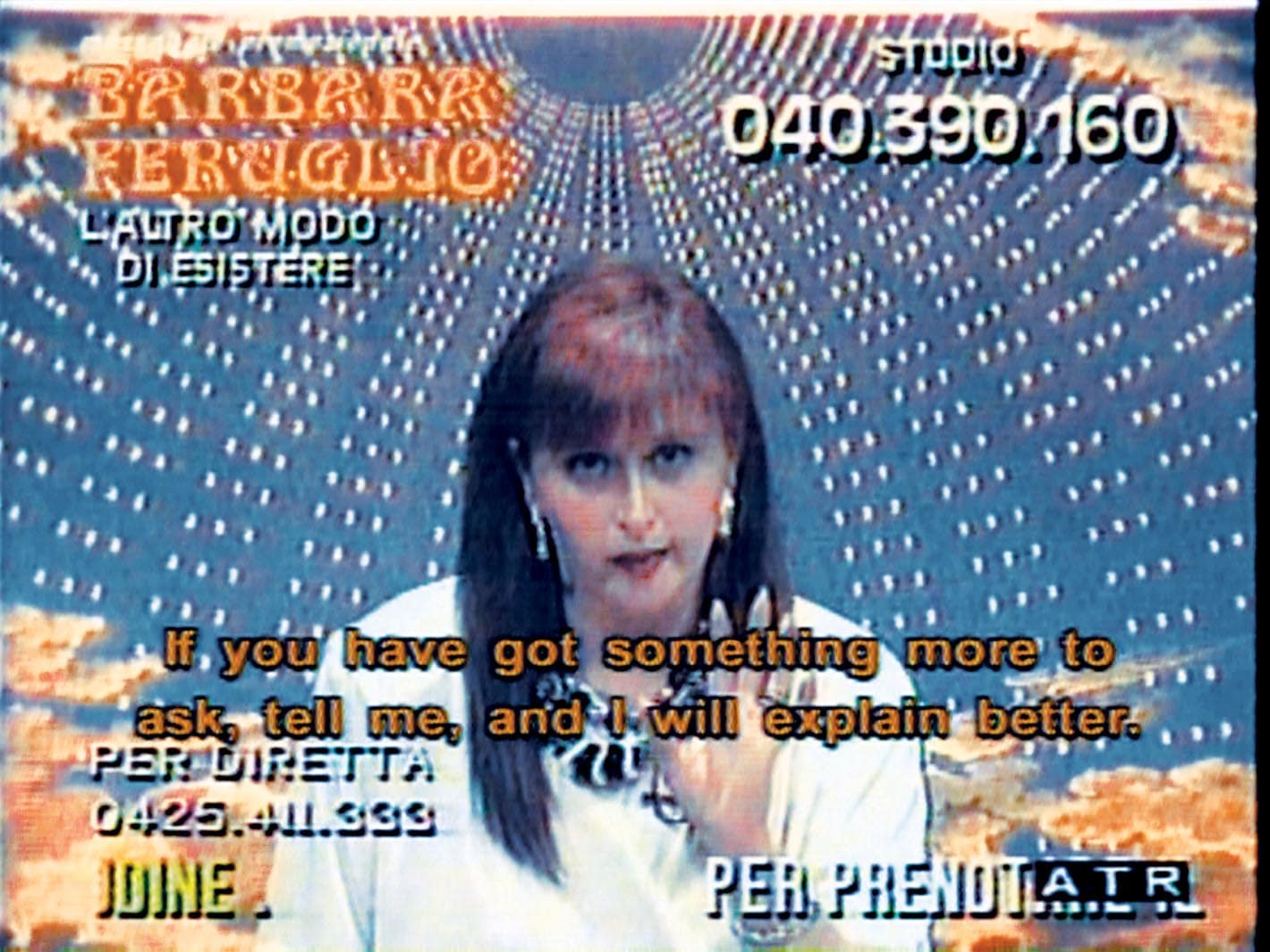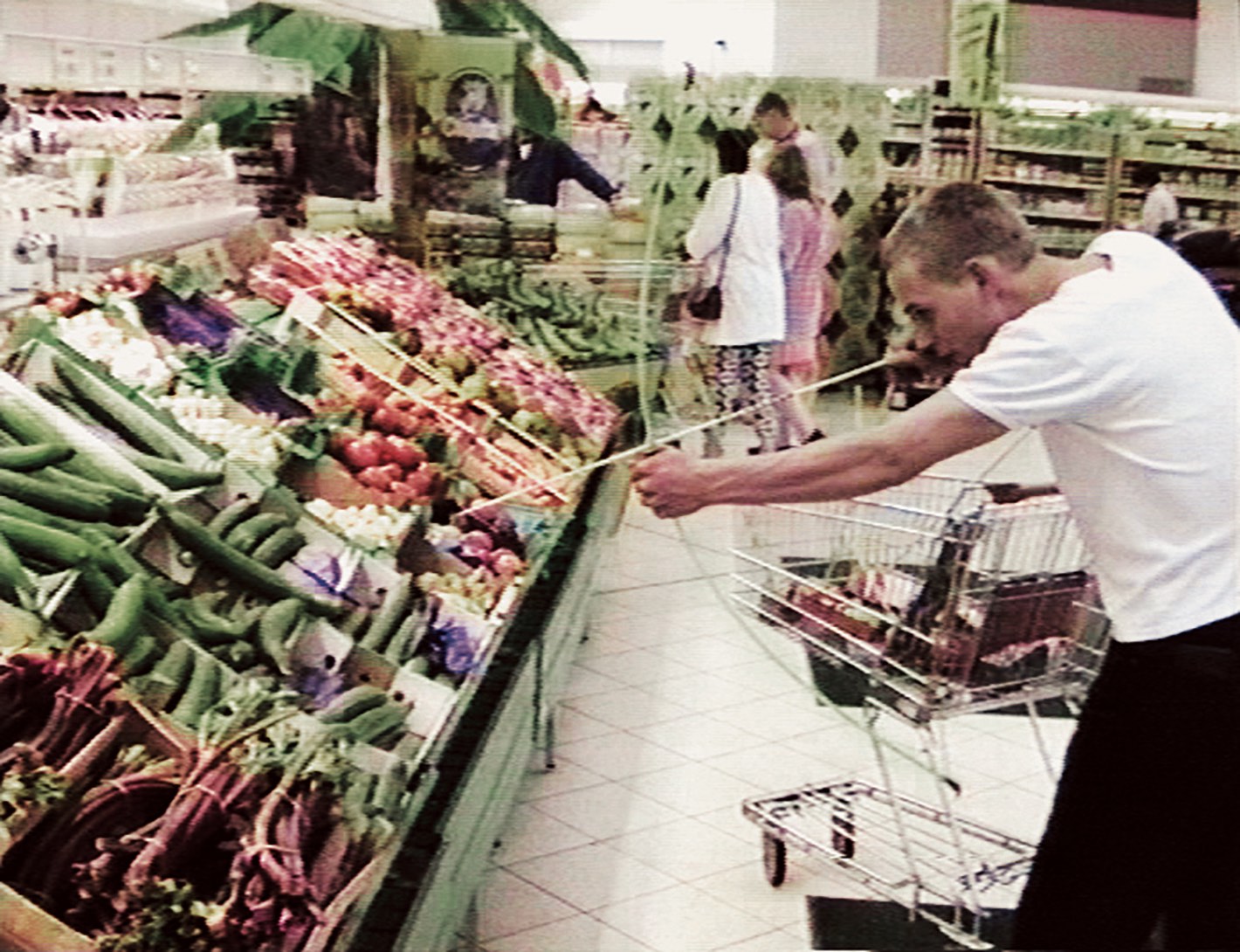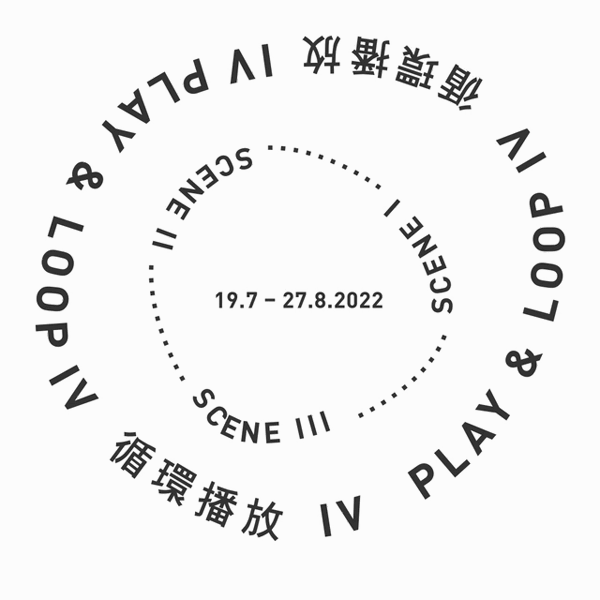Christian Jankowski’s practice consists of performative interactions between himself and non-art professionals, collaborating with individuals from various fields such as magicians, politicians, new anchors and members of the Vatican. Granting each of his participants the possibility to possess their own degree of control over the outcome of the work, the exchanges give insight into society’s popular understanding of art. Predominantly using photographic, video and printed mediums to document these performative interactions, his works reflect, deconstruct and critique a society of spectacle and the art world itself.
Jankowski’s recent solo exhibitions include “Christian Jankowski, I Was Told To Go With The Flow” at Kunstalle Tübingen, Germany (2022); “Sender and Reciever”, Fluentum, Berlin (2020); “Floating World”, Kyoto City University of Arts, Kyoto (2018). Jankowski has participated in the 48th and 55th Venice Biennale (1999 and 2013), and the Whitney Biennial, New York (2002) and was also the first artist to curate Manifesta 11, Zurich (2016). Jankowski’s works are collected by the Metropolitan Museum, New York; Tate, London; MOCA, Los Angeles amongst others.
Jankowski currently lives in Berlin and works internationally.


